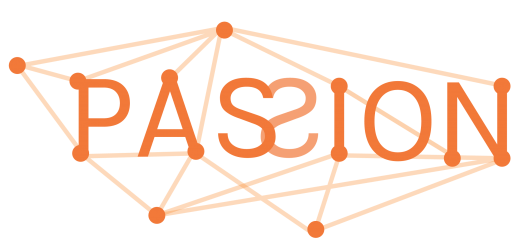An iPhone X. Image: Neirfy/Shutterstock
A team of European researchers has found a way to take technology from the latest iPhone and use it to generate unparalleled broadband speeds.
One of the major selling points of the iPhone X was its user recognition software, capable of scanning your face and creating an Animoji, or turning on music when its AirPod earbuds sense they’ve been placed in your ears.
Behind this technology is something called a vertical-cavity surface-emitting laser (VCSEL), a specialised laser diode that is cheap to manufacture and significantly more energy-efficient than traditional lasers.
Now, a team of EU-funded researchers has managed to find a way to use VCSELs to create ultra-high-speed broadband across large distances, potentially doing away with the data bottlenecks experienced in cities that are only set to increase as the years go on.
Coordinated by the Politecnico di Milano in Italy, the €7.5m Horizon 2020 ‘Passion’ project has managed to incorporate VCSEL sources with silicon photonics to develop long-wavelength, high-capacity communications.
While VCSELs have been used in data communications for short-distance connections in intra-data centres, using these infrared lasers for increasing broadband speeds has never been done before to connect our cities.
A technology we badly need
By including these ultra-fast components, it is expected to achieve transmission rates of up to 112Tbps, or the equivalent of sending 28,000 HD movies in as little as one second.
“VCSELs are a bit of a buzzword at the moment,” said the project’s coordinator, Prof Pierpaolo Boffi.
“They have the advantages of low driving current, high light-power conversion efficiency and high directivity. This makes them an ideal choice for transmitting huge amounts of data in a low-cost, energy-efficient way.”
Boffi continued: “Our researchers are developing a flexible network architecture that will be optimised for metropolitan applications based on aggregated signal flows.
“A 10-fold reduction in power consumption will be achieved by exploiting the full wavelength spectrum and the space dimension in a multi-core fibre.”
The real challenge now for the team is finding a way of deploying VCSEL technology in silicon photonics on a grand scale.
“We need a lighter and more flexible internet with low energy consumption. Otherwise, the future internet costs will be unsustainable,” Boffi said.
An iPhone X. Image: Neirfy/Shutterstock
source:https://www.siliconrepublic.com/comms/iphone-x-vcsel-passion-lightspeed-broadband



